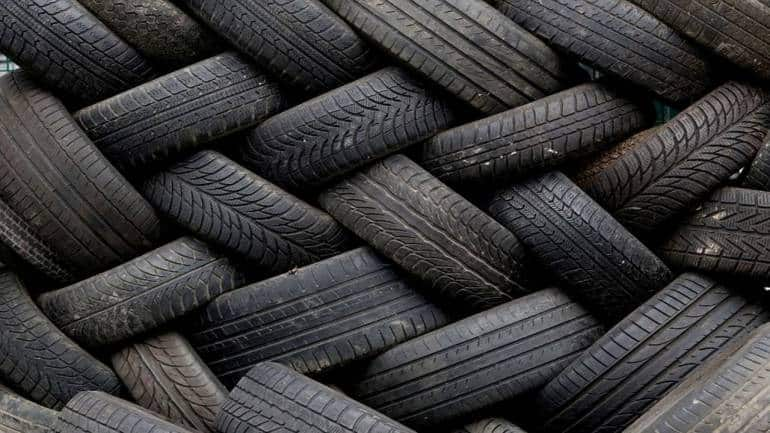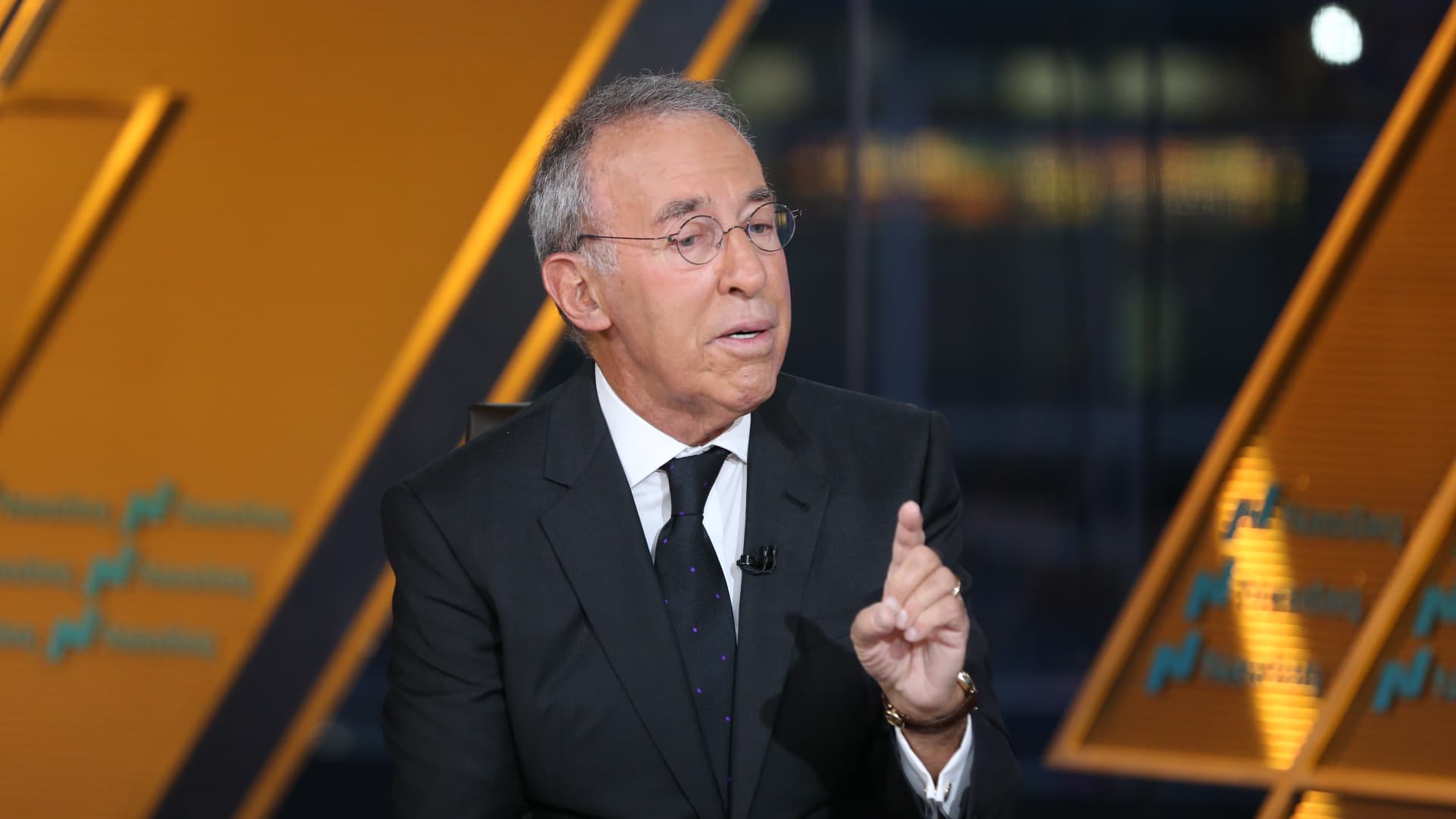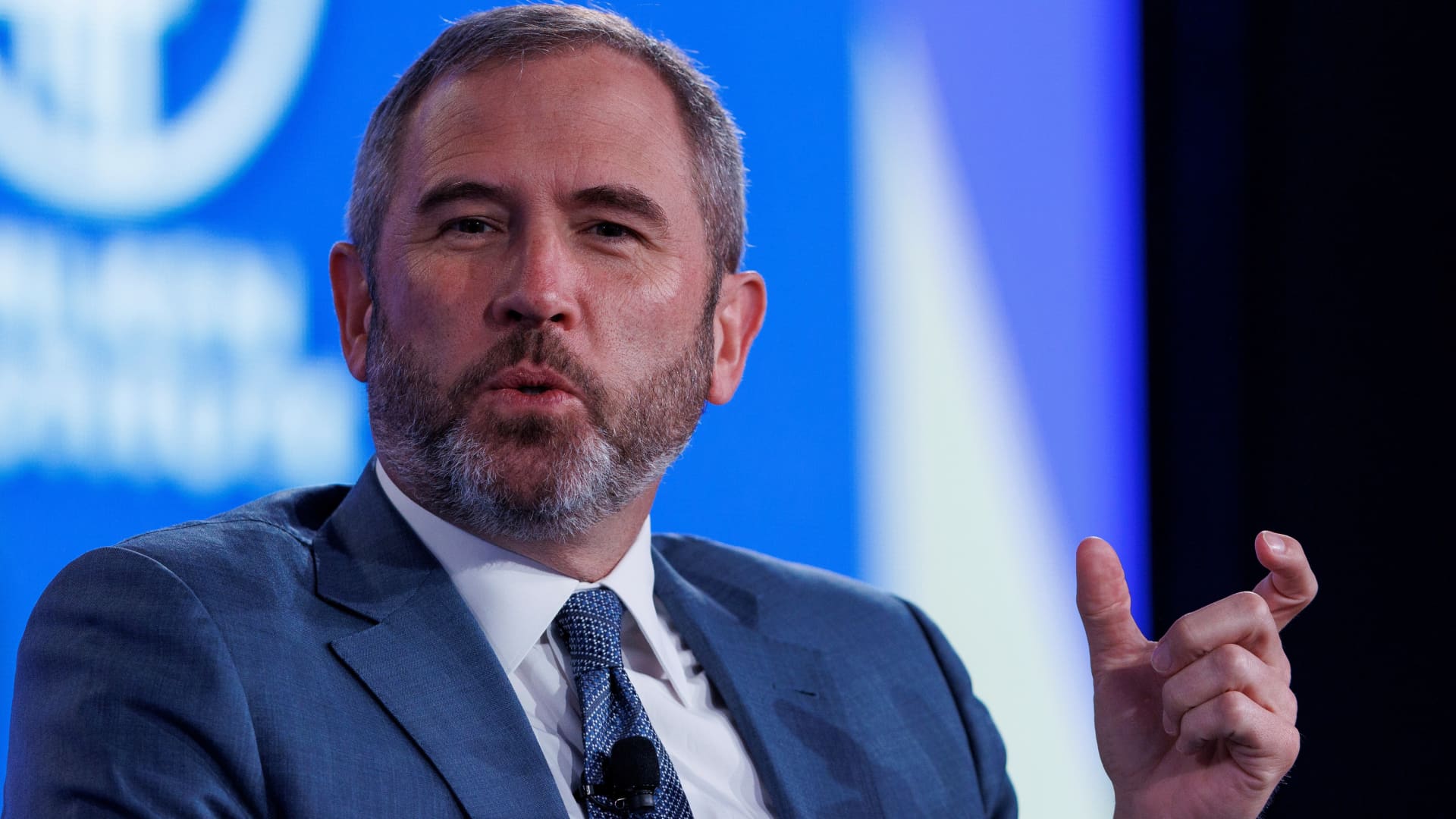MRF at Rs 1 lakh: Is it an ‘expensive’ stock?

About 12,000 shares traded on June 13 managed to push the stock higher by 1 percent to Rs 100,000. Representative Image
India got its first six-digit stock on June 13 ? Madras Rubber Factory (MRF). But imagine investing Rs 1 lakh in one stock. Just one. No wonder, retail investors have deemed the stock ‘expensive’.
The stock has thin volumes. The one-month average traded volume of the stock is just about 9,000 shares. About 12,000 shares traded on June 13 managed to push the stock higher by 1 percent to Rs 100,000.
Usually, to make the stock more attractive to retail investors, companies announce a stock split. “It makes the stock more affordable and more liquid, without diluting the company’s ability to pay dividends,” Makarand Joshi, Founding Partner of MMJC & Associates, a corporate compliance firm, said.
Also Read: MRF hits Rs 1 lakh, here are India’s 10 priciest stocks
But MRF has never split its shares to date. In 1970 and 1975, MRF offered bonus shares in the ratios of 1:2 and 3:10. But since then, there have been no splits or bonus share issuances.
MRF’s legacy
K. M. Mammen Mappillai started MRF as a toy balloon manufacturing unit in Tiruvottiyur in Madras in 1946. After six years, it ventured into the manufacturing of tread rubber. By 1956, MRF was the market leader in tread rubber in India with a 50 percent share, as per the company’s website.
In 1961, it went public and released its first tyre from a new pilot plant at Tiruvottiyur. Since then, there has been no looking back.
Over the past 10 years, MRF has been compounding its sales at 9-10 percent. Over the same period, the stock has compounded at 22 percent per year.
“When the number of outstanding shares does not change and the business grows over time, its market value also grows over time, and the stock price keeps going up,” according to Prof. Sanjay Bakshi, a value investing expert. In a 2018 blog, he said MRF was a boulder, but that has not kept the stock from climbing a steep hill.
Comparison with peers
On a price-to-earnings (PE) ratio basis, MRF looks expensive compared to peers. “The current forward valuation at 22.3x FY25E earnings per share represents an almost 100 percent premium to its peers, despite a weakening competitive position and similar capital efficiencies,” according to analysts at Motilal Oswal Financial Services.
But on market cap-to-sales, MRF trades at 1.8x its trailing 12-month sales. Balkrishna Industries, on the other hand, has a market cap-to-sales of 4.5x and Apollo Tyres of 1.1x. Both Balkrishna Industries and Apollo Tyres have delivered compounded sales growth of 7-9 percent over the past 10 years.
Also Read: MRF doubles standalone profit in Q4
MRF’s revenue share remained largely intact among peers, unlike other leaders in consumer-facing businesses, believe Elara Capital analysts.
“MRF’s revenue stream is diversified across segments, making it less vulnerable to a slowdown in any particular segment,” according to Elara Capital’s Jay Kale.
Future prospects
MRF is expected to sustain the margin profile at 14 percent levels, aided by easing crude oil and rubber prices. The company’s cost reduction initiatives, such as a lower employee expenses-to-sales ratio, are also helping its operational performance, said analysts.
“Going ahead, replacement demand would gradually recover as economic activity improves and the impact of the high base fades. OEM (original equipment manufacturer) demand would be a healthy high single digit. We expect 6 percent/10 percent volume/revenue growth over FY23-25,” according to analysts at Anand Rathi.
On the back of this, the Street expects MRF’s return ratios to jump to the mid-teens compared to single digits in FY23. Return on capital employed (ROCE) has been pegged at 13 percent in FY25.
From a technical perspective, the breakout pattern on the chart is a classical flag formation. “This pattern suggests that the stock’s upward momentum is likely to continue, with a potential target of around Rs 1,10,000. Even if there are temporary pullbacks, the previous breakout level of Rs 95,000 is expected to act as a solid foundation for the stock,” said Santosh Meena, Head of Research, Swastika Investmart.
So, a stock’s price tag does not indicate whether it’s cheap or expensive. As Sonam Srivastava, founder at Wright Research puts it, “A stock with a high price may be justified by strong earnings and future growth prospects – which is the case with MRF.”
Disclaimer: The views and investment tips expressed by investment experts on Moneycontrol.com are their own and not those of the website or its management. Moneycontrol.com advises users to check with certified experts before taking any investment decisions.









